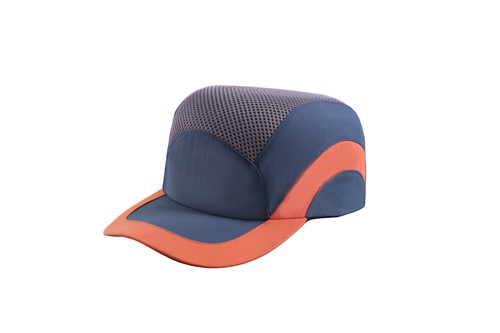The Importance of Helmets for Children with Motor Skills Disorders
The Importance of Helmets for Children with Motor Skills Disorders
Motor skills disorders in children can significantly impact their daily activities, learning, and overall quality of life. Children suffering from these disorders may face challenges with coordination, balance, and physical tasks, which puts them at risk for accidents and injuries, particularly during recreational activities. One effective way to enhance safety for these children is through the use of safety helmets. This article explores the importance of helmets for children with motor skills disorders, their benefits, and the ways caregivers can support safe and active lifestyles.
Understanding Motor Skills Disorders
Motor skills disorders encompass a range of conditions that affect a child's ability to control their movements. These disorders may stem from various causes, including developmental delays, neurological conditions, or physical impairments. Children with such conditions might struggle with fine motor skills necessary for writing or eating, or gross motor skills required for running and playing. Given the physical challenges these children face, they are at an increased risk of falls and injuries, especially during playtime or while engaging in sports.
The Role of Safety Helmets
Safety helmets are crucial protective gear for children, designed to reduce the risk of head injuries. For children with motor skills disorders, the benefits of wearing helmets are particularly significant. These helmets provide the necessary protection if the child falls or collides with obstacles while engaging in activities such as riding bicycles, skateboards, or scooters. By wearing a helmet, children are better safeguarded, allowing them to participate in physical activities with a reduced fear of injury.
Encouraging Active Lifestyles
children wearing a safety helmet for motor skills disorder

Encouraging children with motor skills disorders to be active is vital for their physical and emotional well-being. Physical activity helps improve coordination, balance, and strength, all of which are crucial for children with motor skills challenges. Helmets play an essential role in promoting these activities by alleviating parents’ and caregivers’ concerns about safety. When caregivers know that a child is adequately protected, they may be more inclined to allow them to explore and engage in active play, fostering independence and confidence.
Educating Children on Safety
It’s important for children, especially those with motor skills disorders, to understand the importance of wearing safety equipment. Caregivers can provide hands-on education about why helmets are essential and how they work to protect the head. Engaging children in discussions about safety can empower them to make responsible choices about their gear and encourage them to develop a habit of wearing helmets consistently.
Creating a Supportive Environment
To ensure that children with motor skills disorders feel comfortable wearing helmets and participating in activities, caregivers can create a positive and supportive environment. This may include selecting comfortable, properly fitted helmets and allowing children to personalize their helmets with stickers or designs they enjoy. Additionally, participating in activities as a family can promote a culture of safety and fun, reinforcing the idea that wearing safety gear is a normal part of active living.
Conclusion
In conclusion, safety helmets play a vital role in protecting children with motor skills disorders during physical activities. By allowing these children to engage in play and exercise with a reduced risk of head injuries, helmets help promote a more active, confident, and independent lifestyle. Educating children about safety and ensuring they feel supported in their activities enables them to overcome challenges and thrive. As caregivers, it is our responsibility to advocate for safety measures and encourage our children to embrace their abilities while keeping them protected.
-
Wholesale Safety Helmets - Cheap OEM Supplier China Manufacturer
NewsMay.30,2025
-
Top Safety Helmet Manufacturers in Japan - Durable & Certified
NewsMay.30,2025
-
Affordable 3M Safety Helmets in Pakistan Bulk Pricing & Factory Deals
NewsMay.30,2025
-
Affordable HDPE & EN397 Hard Hats - Safety Certified, Bulk Deals
NewsMay.29,2025
-
FDA-Compliant Food Safety Clothing Suppliers Health Dept Approved
NewsMay.29,2025
-
adidas safety clothing
NewsMar.07,2025
